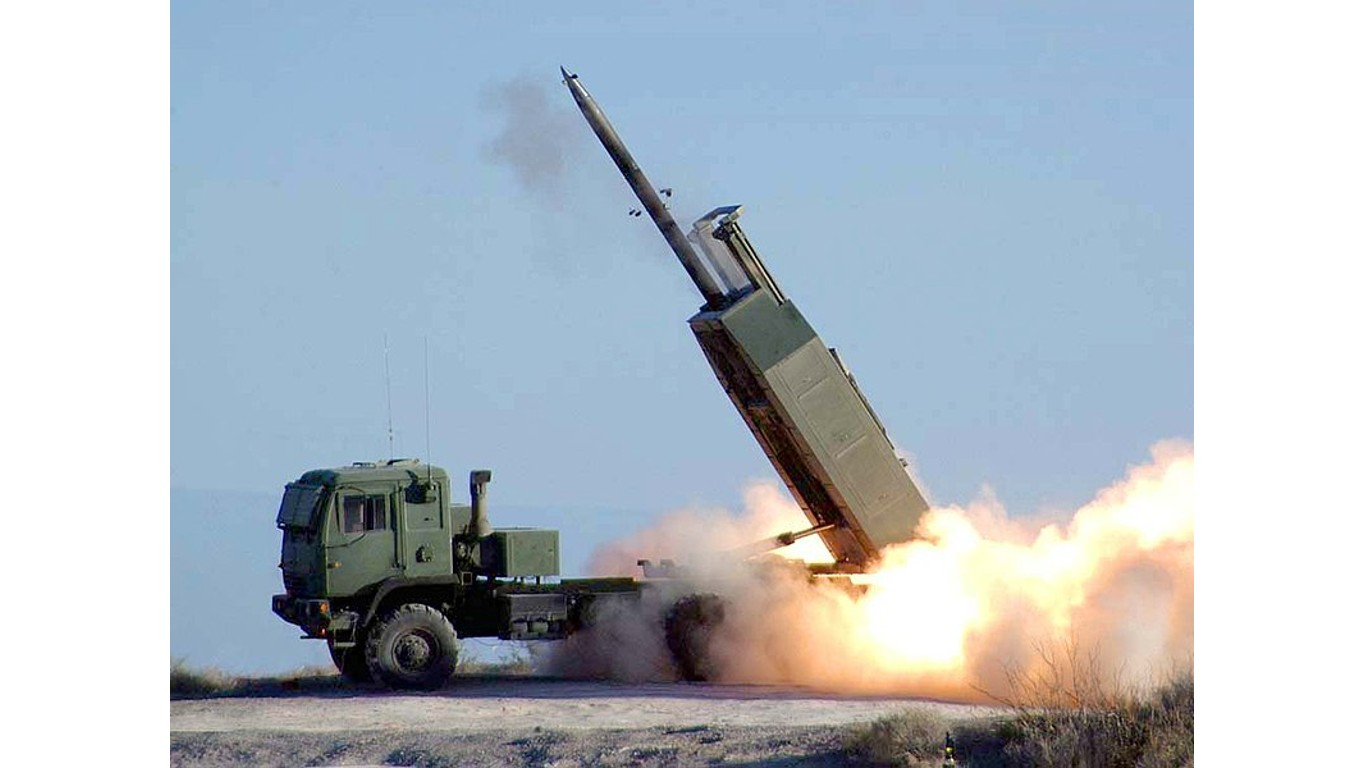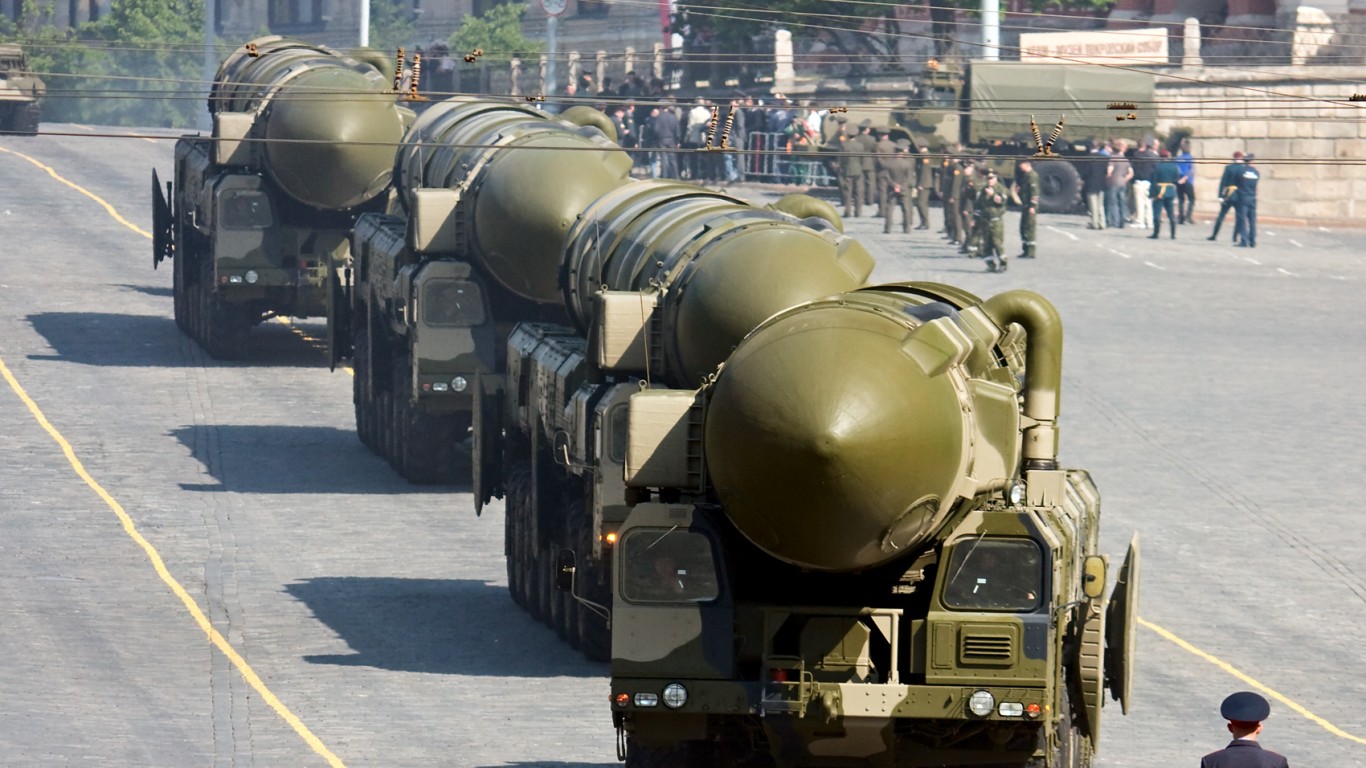
In the 30+ years since the Soviet Union collapsed and the Cold War ended, United States military forces “have enjoyed an enviable record of success against the armed forces of other nations.” During those same years, with other developments (North Korea’s acquisition of nuclear weapons and new technologies such as drones, for example), “it has become increasingly clear that the U.S. defense strategy and posture have become insolvent.” (Here is what a nuclear attack would do to America’s largest cities.)
Insolvency, in this case, does not mean that the United States has run out of money, but that it might have run out of ideas for how best to become solvent again.
A new study by the Rand Corporation, Inflection Point: How to Reverse the Erosion of U.S. and Allied Military Power and Influence, suggests that the decades-old strategy it calls “decisive expeditionary force” is no longer sufficient. The report advocates changing four basic elements of the nation’s approach to defense.
First, U.S. combat forces positioned in Europe and the Western Pacific are currently inadequate to the task of retaking the initiative from either China or a stronger Russia, and their bases are too vulnerable to attacks from the newest, more accurate missiles.
Second, the ability of U.S. forces to locate an enemy, understand the broad military situation and develop effective operations needs to be upgraded to function better in a more technologically complicated battlespace.
Third, U.S. striking capability needs to develop ways to “generate and deliver combat power against the enemy’s invasion force from the outset of hostilities without risking the loss of excessive numbers of forces.”
Fourth, to prevent enemy forces from gaining their territorial objectives, “U.S. and allied forces must, therefore, also be able to defend their homelands and, over time, to hunt down and destroy enemy forces that were not attrited during the counterinvasion phase of the war—and do so at manageable cost and risk.”
Rand’s report looks at how this approach should be implemented in different parts of the world. Its estimation of Taiwan’s preparedness and approach is especially troubling, given the comments and actions of the People’s Republic of China since the August 2022 visit to Taiwan from a U.S. congressional delegation led by then-House Speaker Nancy Pelosi. A Chinese invasion of Taiwan is one of the biggest challenges that U.S. forces must prepare for, according to Rand. The other is an invasion of one of the Baltic states by a stronger Russia.
Taiwan spends too little on the wrong weapons systems, according to the report:
Taiwan devotes too much of its defense spending to maintaining obsolescent ships, tanks, and aircraft and procuring replacements for those systems that likely would have little operational utility in wartime. Taiwan needs systems that are more survivable and lethal, and it needs them in greater numbers.
Spending on defense amounts to around 1.7% of Taiwan’s gross domestic product (GDP), less than the 2% spending target for NATO nations and about half the percentage of U.S. GDP that goes toward defense.
The United States has committed to spending up to $10 billion over the next five years to help Taiwan modernize its armed forces if the country increases its own spending.
According to a December 2022 report in DefenseNews, there is a backlog of $19 billion in U.S. weapons systems intended to be sent to Taiwan. The Harpoon coastal defense system was first announced in 2020 and deliveries may not be completed until 2029. Other U.S. missile systems approved for sale to Taiwan in 2015 have not been delivered and may not be delivered for another three or four years.
Take Charge of Your Retirement In Just A Few Minutes (Sponsor)
Retirement planning doesn’t have to feel overwhelming. The key is finding expert guidance—and SmartAsset’s simple quiz makes it easier than ever for you to connect with a vetted financial advisor.
Here’s how it works:
- Answer a Few Simple Questions. Tell us a bit about your goals and preferences—it only takes a few minutes!
- Get Matched with Vetted Advisors Our smart tool matches you with up to three pre-screened, vetted advisors who serve your area and are held to a fiduciary standard to act in your best interests. Click here to begin
- Choose Your Fit Review their profiles, schedule an introductory call (or meet in person), and select the advisor who feel is right for you.
Why wait? Start building the retirement you’ve always dreamed of. Click here to get started today!
Thank you for reading! Have some feedback for us?
Contact the 24/7 Wall St. editorial team.
 24/7 Wall St.
24/7 Wall St.